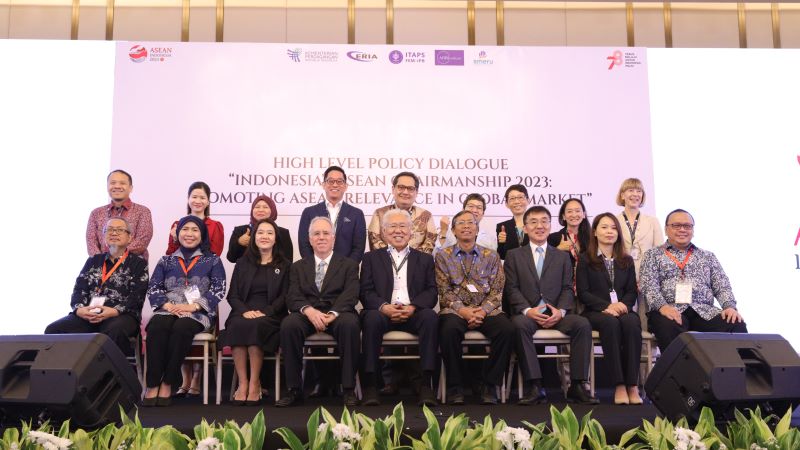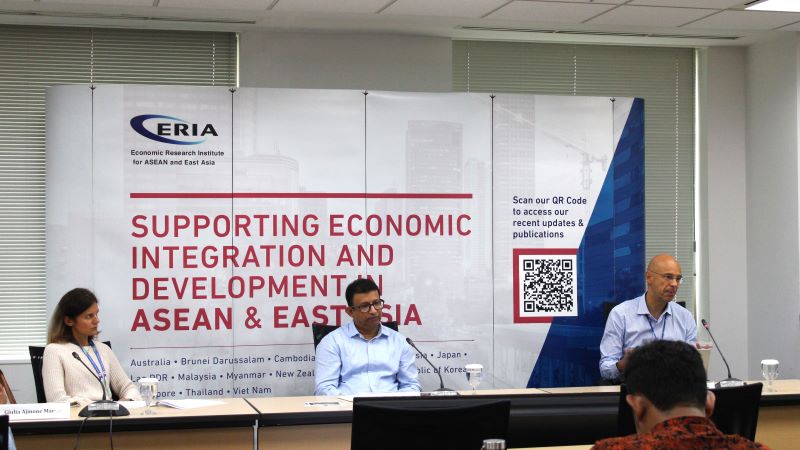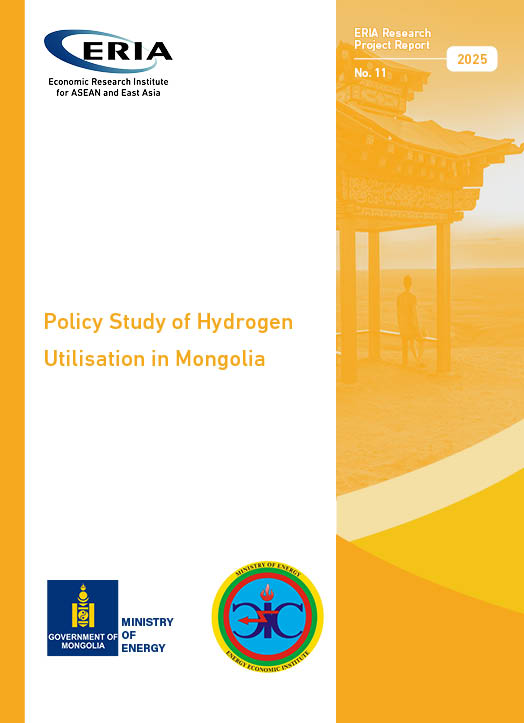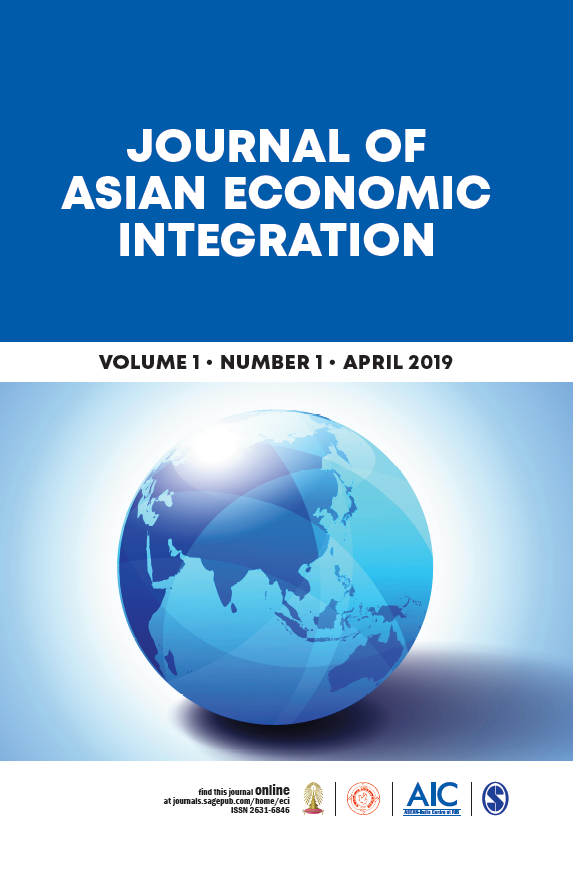Study on International Cooperation on Nuclear Safety Management in East and Southeast Asian Countries
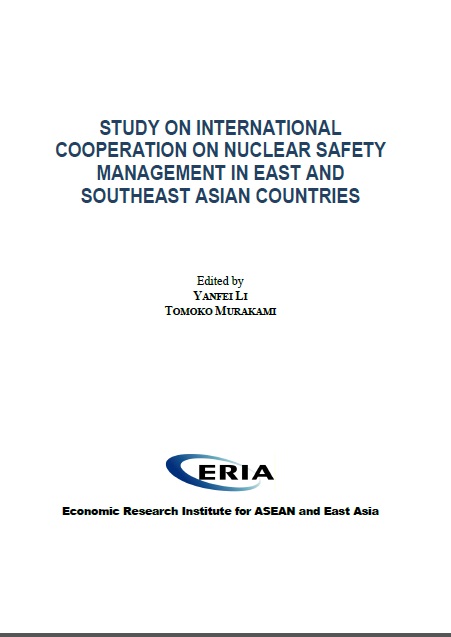
Date:
30 December 2014Category:
ASEAN, Education, Training, and Human Capital, Energy, Innovation and Technology, Regulation and GovernanceType:
Research Project ReportsTags:
Human Capital, Energy, Innovation and TechnologyPrint Article:
Executive Summary
Main Argument
Some countries of the Association of Southeast Asian Nations (ASEAN) plan to introduce commercial nuclear reactors in 2020 due to the high increase in their energy demand. During the 1st Working Group meeting, the current development plan on safety regulatory systems, emergency preparedness, and participation in international activities have been shared among the ASEAN member countries to identify problems in establishing an emergency action plan for accidents and to consider desirable cross-border cooperation. During the 2nd Working Group meeting, proposals for regional cooperation, such as emergency preparedness and response, were discussed.
The major findings during these meetings were as follows:
� All member countries have a common awareness that every country should play a role in regional cooperation on nuclear emergency preparedness and response, irrespective of their development status of commercial nuclear power generation.
� Countries that already have nuclear energy technology--the Republic of Korea, China, and Japan are expected to set a model for an emergency preparedness and response system.
� It would be appropriate to cooperate with relevant organisations in Asia, such as the Forum for Nuclear Cooperation in Asia (FNCA) and the Asian Nuclear Safety Network (ANSN), which are already working for regional cooperation in emergency preparedness and response.
Policy Implications
The basic principle for regional cooperation in nuclear safety management involves four main issues that could greatly contribute to the enhancement of domestic and regional nuclear emergency preparedness and response. These issues are as follows:
1) Building a cooperative relationship with the regulatory organisation in Asia for the exchange of information, experience, and technologies.
The establishment of the ASEAN Regional Radiological and Nuclear Emergency Preparedness and Response Center of Excellence (tentative name) has been proposed by the member countries. This centre is envisioned to provide expertise and technical assistance on preparedness and response to countries in the region in case of radiological or nuclear emergencies, and to contribute to the establishment of a regional nuclear safety regime by leading regional nuclear safety networks.
2) Contribution to regional nuclear safety from experienced countries to newcomers.
The strategy for supporting newcomers would be the installation of safety networks, such as ANSN, to enhance the effectiveness and efficiency for cooperation. The ANSN would be one good model for regional cooperation; it could provide some training and education programs for regulatory staff in the ASEAN countries through expert organisations, such as the Ubiquitous Regional Radiation Emergency Supporting Team (U-REST) in the Republic of Korea. This would be a highly promising measure for nuclear safety management.
3) Learning from the European Union-Nordic models of emergency response schemes.
Since the Chernobyl nuclear accident in 1986, the European countries have become highly concerned for regional cooperation in emergency preparedness and response. Learning from the Nordic models of the European Union would benefit significantly the ASEAN countries toward sharing a common approach in nuclear emergency and preparedness.
4) Necessity for a database on nuclear facilities in Asian countries.
Joint construction of a common database on nuclear facilities and alert systems in Asian countries would be recommended to collect accurate information to protect public health and the environment of a country, including accident prognosis and dispersion.
Full Report
Contents
List of Abbreviations and Acronyms
Chapter 1. Purpose of the Project
Chapter 4. Proposal for a Practical Framework on Regional Cooperation
